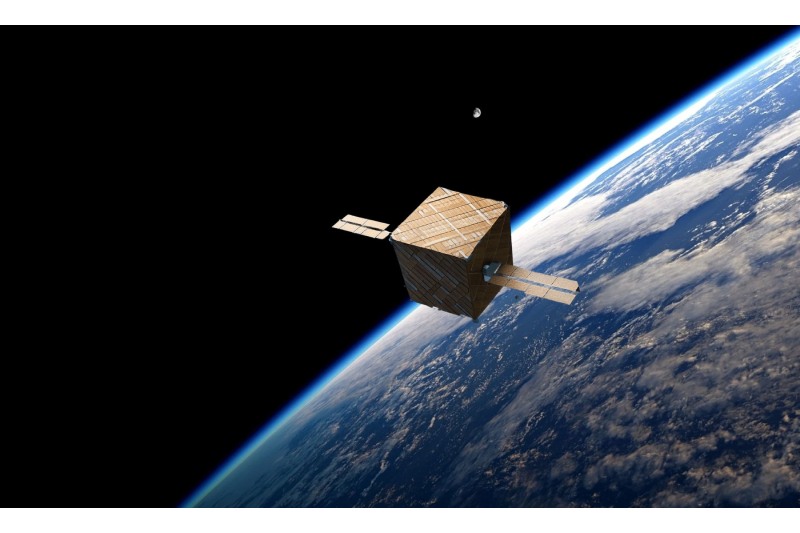The first wooden satellite in history, named LignoSat, has been successfully constructed by Japanese engineers.
Kyoto University and Sumitomo Forestry are working together on this project.
Measuring just four inches on each side, the tiny cubesat will be launched on a SpaceX rocket in September.
Compared to conventional satellites, which are usually composed of plastic and metal, LignoSat’s construction represents a substantial departure.
Is LignoSat a Game-Changer for Upcoming Space Missions?
Next week, the LignoSat makers intend to turn over the satellite to Japan’s space agency, JAXA.
Following this handover, it will be sent on a SpaceX rocket to the International Space Station (ISS) in September from the Kennedy Space Center.
By lessening the harm that traditional satellites do to the environment, this creative wooden satellite has the potential to completely transform upcoming space flights.
Traveling to the International Space Station
LignoSat’s launch procedure is distinct in that it does not proceed straight into orbit.
It will initially be flown to the Japanese Space Agency’s experimental module aboard the International Space Station (ISS) by the SpaceX rocket.
After that, the satellite will be launched and data will be relayed to researchers so they can keep an eye on it and see if it can tolerate significant temperature fluctuations or other signs of stress.
An Advancement in Environmentally Friendly Space Exploration
Satellites are not always in orbit. They are intended to re-enter Earth’s atmosphere and disintegrate after they are decommissioned.
However, because of the possible loss of ozone, experts are concerned about the environmental effects of this satellite cremation, including the discharge of metal particles like aluminum.
That’s why LignoSat, which is made of magnolia wood, is so helpful.
The idea is that LignoSat will entirely burn up on re-entry, leaving a far smaller environmental impact than traditional metal satellites and spacecraft.












